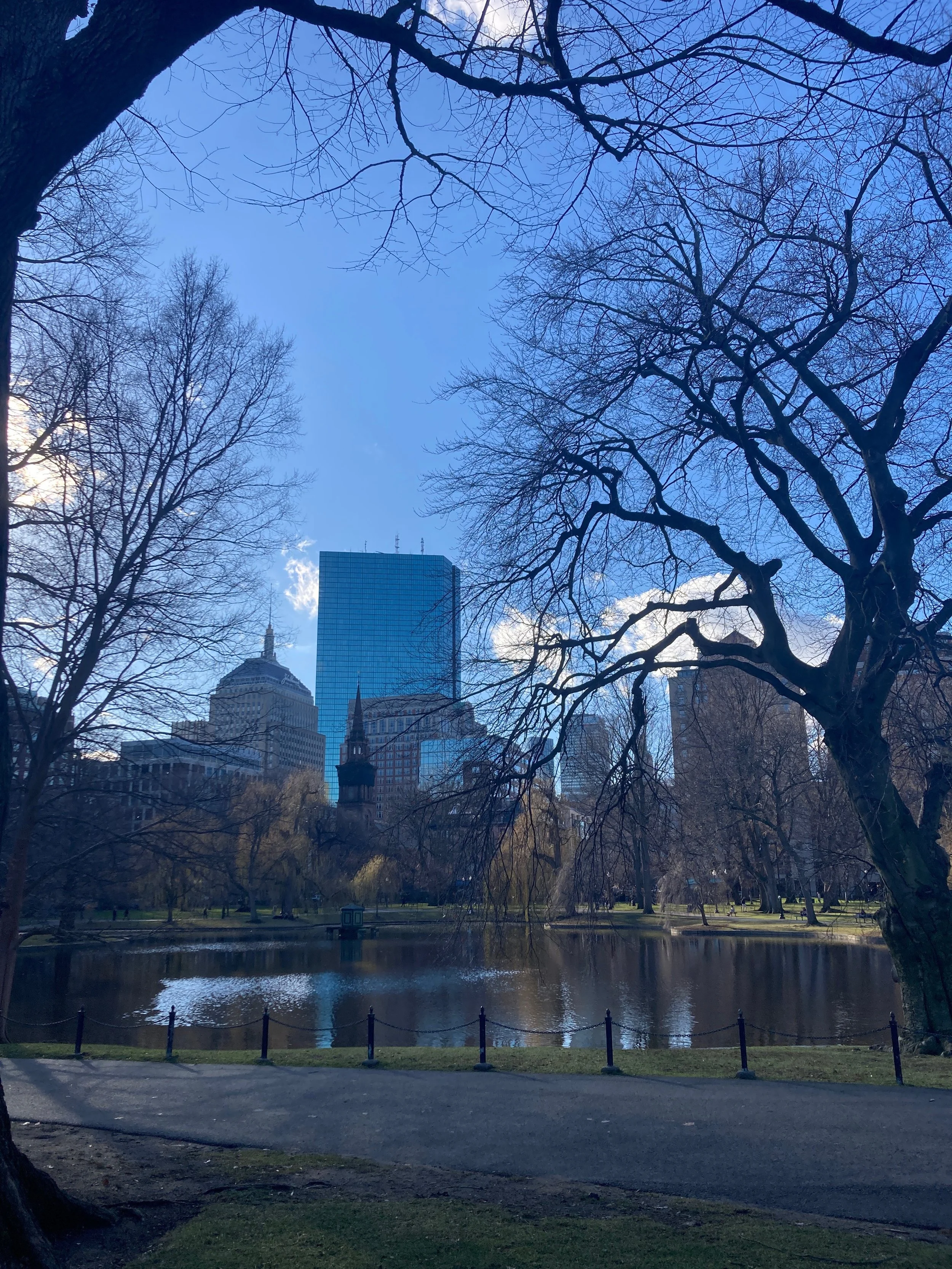
a haven for traumatically bereaved humans and rescued animals in Massachusetts
Our PURPOSE is to nurture the holistic well-being of grieving humans and hurting animals by providing them access to restorative environments and activities. At our carefarm, we foster relationships of support to reduce isolation and provide a source of compassion and companionship.
Our VISION is that all animals and humans living with the effects of bereavement and suffering need a haven in which to breathe, mourn, and receive nourishment in unhurried, gentle ways through connection with the land, self, and others.
FAQs
What is a carefarm?
Care farms (two words) originated in the UK and is commonly used to benefit humans’ socioemotional well-being through social connection, skill development, and therapeutic interventions often through nature and farming. monarch meadow has intentionally made “care farm” one word in alignment with two other models that exist in the U.S. See our Regenerative Health Social Model page for more details.
Where will monarch meadow carefarm be located?
We are currently searching for a home for monarch meadow carefarm, likely in Western Massachusetts between Worcester and Springfield. We do not know what to expect with the market; however, we hope to purchase a farm by the end of 2025 at the latest.
How soon will you be opening and starting programs?
This depends on when we purchase a property and the possible repairs that will be needed to prepare for the arrival of humans and animals on the farm. We plan to build animal homes, if needed, adopt animals, and help them adjust to the farm before welcoming humans. We hope all of this can occur in 2026.
Who does the carefarm support?
monarch meadow carefarm will provide a permanent home for rescued farm animals. Additionally, we will offer a variety of individual and group programs for traumatically bereaved youth and parents/caregivers (ages 3-young adult) as well as community events for bereaved and non-bereaved humans.
What services or programs will you be offering?
It all begins with an idea. Maybe you want to launch a business. Maybe you want to turn a hobby into something more. Or maybe you have a creative project to share with the world. Whatever it is, the way you tell your story online can make all the difference.
traumatic bereavement = death of an important person + trauma reactions
This is not necessarily about what happened, but how you or someone you know responds internally to the death.
Common reactions include:
intrusive memories about the death
nightmares
avoidance and numbing
trouble sleeping or concentrating
thoughts of wanting to die
bodily aches and pains
fear of safety for self or others, and more.
These responses can often be seen with a violent, sudden or unexpected death, after a prolonged illness, or when a relationship is “highly dependent” such as with the death of a child, parent/caregiver, or sibling.
(The National Child Traumatic Stress Network; Cacciatore et al., 2020, p. 2)
youth need our support
1 in 13 youth in Massachusetts will experience the death of a parent or sibling by age 18
As median household income decreases, this number increases to 1 in 10
By the age of 25, the number of bereaved youth more than doubles, a ratio of 1 in 5
(Judi’s House, Childhood Bereavement Estimation Model, 2024)
You are not a statistic.
You’ve lost someone important and your story matters.
You’re hurting, and your world has forever changed. Your friends have moved on. How do you live in this reality when no one else gets it?
We are here for you.
you’re grieving.
you’re parenting/caregiving.
it’s all too much.
You may wonder…
How do I share about this person’s death with the child in my care? How do I answer their questions?
What behaviors or emotions should I expect from my youth after someone dies?
How do I help them with their emotions and find ways to remember, talk about, or honor their/our person?
Where can I find other caregivers who know what this feels like?
We can partner with you.
This goat, Clyde, is lovingly cared for by the folks at Unity Farm Sanctuary in Sherborn, MA.
animals are worthy of a fulfilling life
We believe that all beings, whether humans or animals, deserve to feel safe, loved, and cared for. Animals create social bonds that are often considered irrelevant or nonexistent across our world. They, too, can experience trauma after a lifelong companion dies, from abuse or neglect, or experiences on industrial farms. We long to offer you another perspective with which to view these beautiful beings as you form relationships with them and witness their sentience.

“…grief is not a problem to be solved, not a condition to be medicated, but a deep encounter with an essential experience of being human. Grief becomes problematic when the conditions needed to help us work with grief are absent.”
— Francis Weller, The Wild Edge of Sorrow
Don’t miss hearing about upcoming farm projects and events, stories about our rescued animals, and ways to support our programs that help grieving humans’ hearts. Sign up for our newsletter below!






